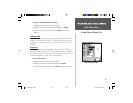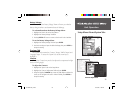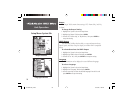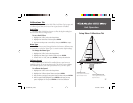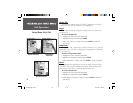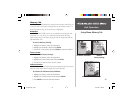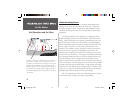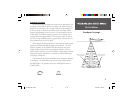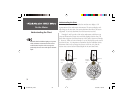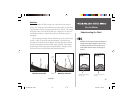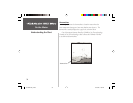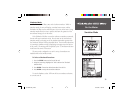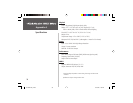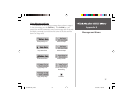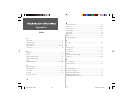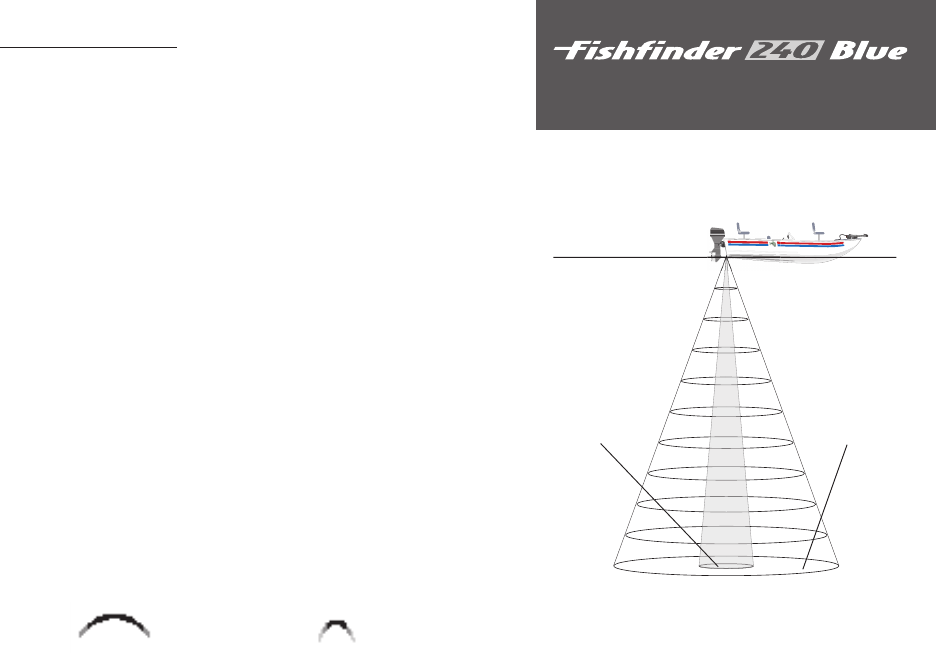
On the Water
31
On the Water
Transducer Coverage
Transducer Coverage
The area covered by the transmitted sound waves is determined by the
cone angle of the transducer and the water depth. The 50kHz frequency
provides a 40° cone angle, with a coverage width that is approximately 2/3
of the water depth. As shown in the sidebar, the 40° cone angle (50kHz
frequency) approximately covers the area of a 20 foot diameter circle at a
30 foot depth. The 200kHz frequency provides a 10° cone angle, with a
coverage width that is approximately 2/10 of the water depth. As shown,
the 10° cone angle (200kHz frequency) approximately covers the area of a
6 foot diameter circle at a 30 foot depth.
When using the Fishfinder 240 Blue in ‘Dual’ frequency mode, the unit
transmits both 50kHz and 200kHz signals at the same time. The ‘Dual’
frequency capability of the Fishfinder 240 Blue allows the user to have
a large coverage area and still retain good bottom resolution. When in
‘Dual’ frequency mode the unit uses the 200kHz to display detailed bottom
information, keeping “Dead Zones” to a minimum, and the 50kHz signal
for the large coverage area.
Fish returns from the 50kHz and 200kHz beams will appear differently
on the display. The 50kHz beam tends to show longer fish returns than
the 200kHz beam. The examples below show simulated fish returns at
50 and 200 kHz.
200kHz - 10˚ Cone Angle
72" coverage at 30'
50kHz - 40˚ Cone Angle
20' coverage at 30'
50kHz 200kHz
190-00200-00_B.indd 02/19/02, 11:30 AM31



